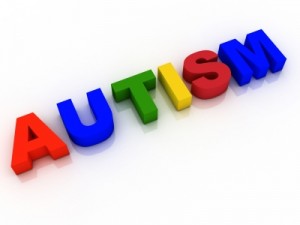Nathan*, Age 4
“I have a boo boo!” exclaimed Nathan*, having woken up, once again, in the middle of the night. Nathan would not have been able to say these simple words a month ago. The oldest of fraternal twins, he was diagnosed with Pervasive Developmental Disorder at 18 months. His mother became concerned about severe side effects from his several medications and sought out alternatives for Nathan. After fourteen neurofeedback sessions, Nathan is calm, receives behavior rewards at school, sleeps through the night, uses toilets cooperatively on cue and even asks to go to the bathroom. He is no longer afraid to use public restrooms and initiates language with increased vocabulary and expression for the first time. Nathan has become more spontaneous with his twin sister. In play last week, he said, “Lilly, I want to be the ghost now.” Nathan is now able to share a variety of new expressions. When his sister was getting ready for an event he exclaimed, “Wow! What a pretty princess!”
Side effects have subsided since his physician chose to withdraw him from his medication. Friends and relatives are amazed at his improvement and how much more socially competent his is. Recently he began waking during the night again, but this time he was able to express his pain and pointed to his leg. Mom followed up with the physician and after investigation, during which he was totally cooperative, he was diagnosed with a benign tumor in his femur. His new language is what made this diagnosis possible.
Cindy, Age 2
Cindy was diagnosed with a Pervasive Developmental Disorder, or PDD. According to her mother, everything about Cindy was different from day one. The differences between Cindy and her other siblings started with an arduous birth. Then her mother noticed that when she was breastfeeding, Cindy would not make eye contact with her. Cindy learned a few words at five months old, then her progress halted and she didn’t say any new words until age two.
As she got older, Cindy started throwing temper tantrums, often up to fifty or sixty times a day. She also performed repetitive behaviors, flapped her arms and spun in circles, and echoed others’ speech. Cindy often got caught up in rituals and routines which kept her from going about her daily business. In addition to these behaviors, Cindy had difficulty judging social situations. She had a hard time interpreting language and had difficulty with abstract thought. It took a lot of prompting from her family members to get her to take part in conversation. These social issues made it quite difficult for Cindy to make friends. In school, she quickly fell behind her classmates and even her younger siblings.
Cindy and her parents began noticing subtle improvements after just a few sessions of neurotherapy. After about fifteen treatments, her mother noticed that she was acting much more like her sisters and other children. Cindy was able to participate more in conversations. She became more emotionally flexible and less mechanical in her behaviors and speech. She had all but stopped obsessing about the time and even began to break out of her rituals. Eventually, Cindy’s teachers noticed significant development in her reading and listening comprehension skills. By the end of her treatment, Cindy was able to have play dates and could even ask her mother to leave her alone with her friends.
*Names have been changed to protect patient privacy.







